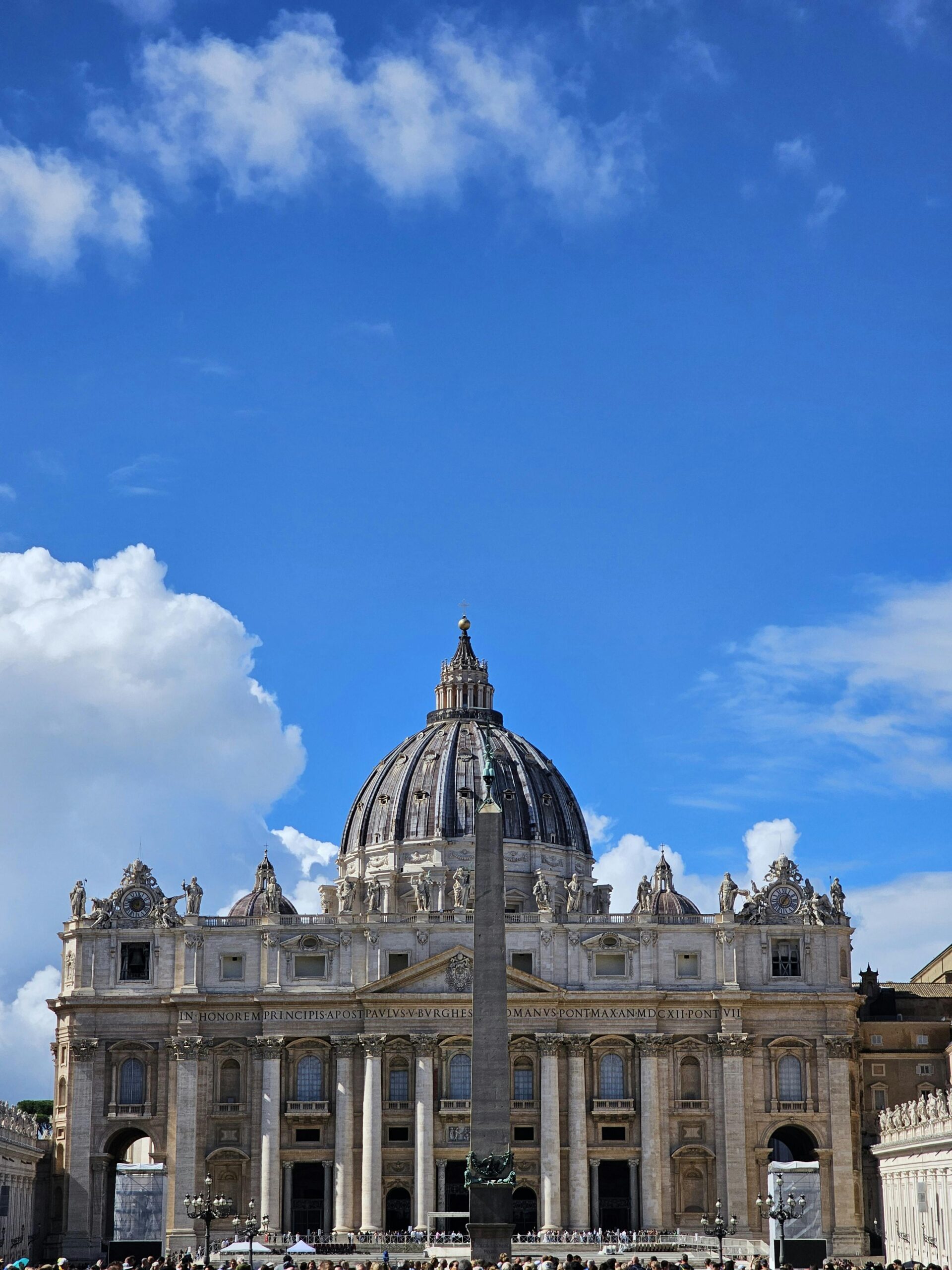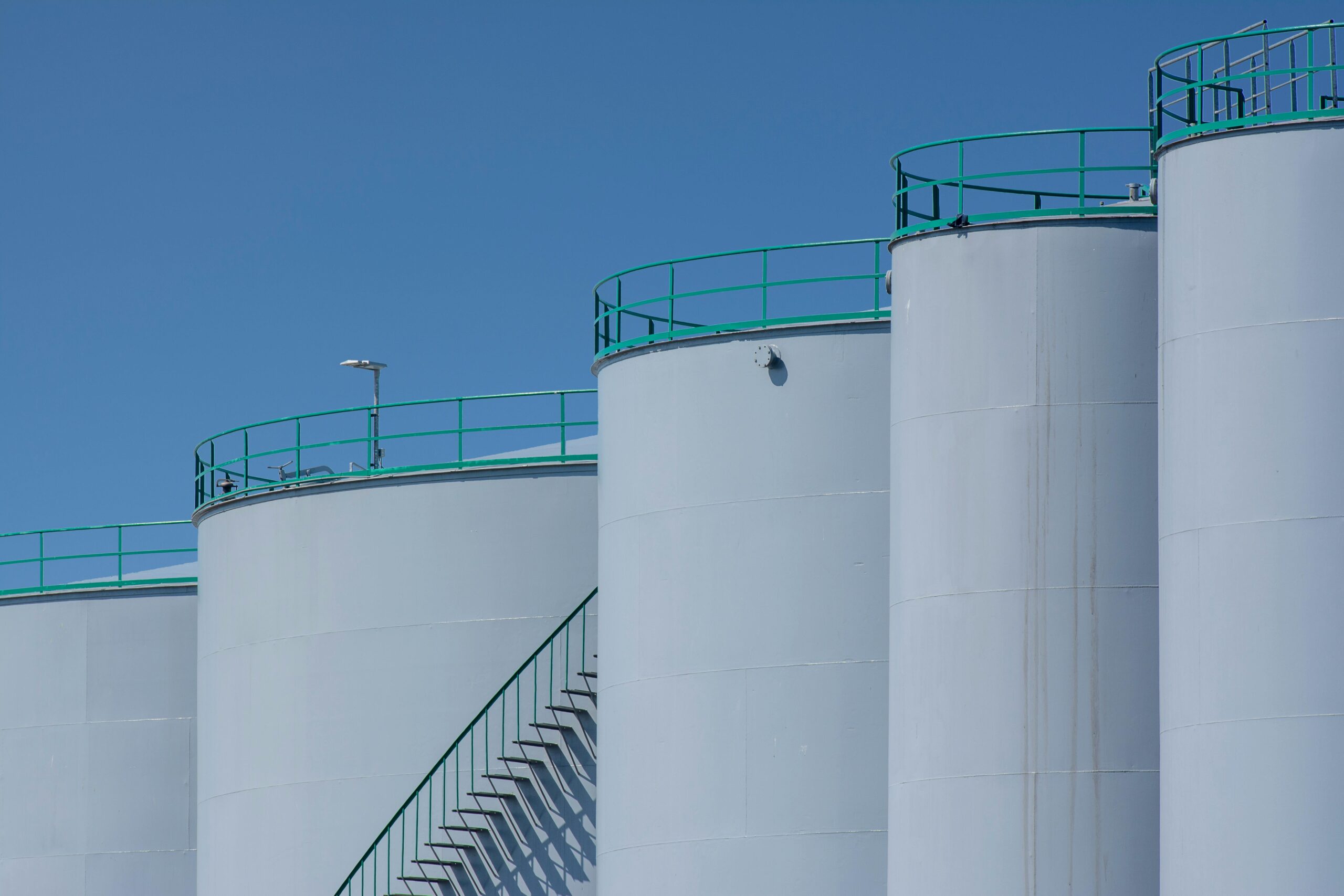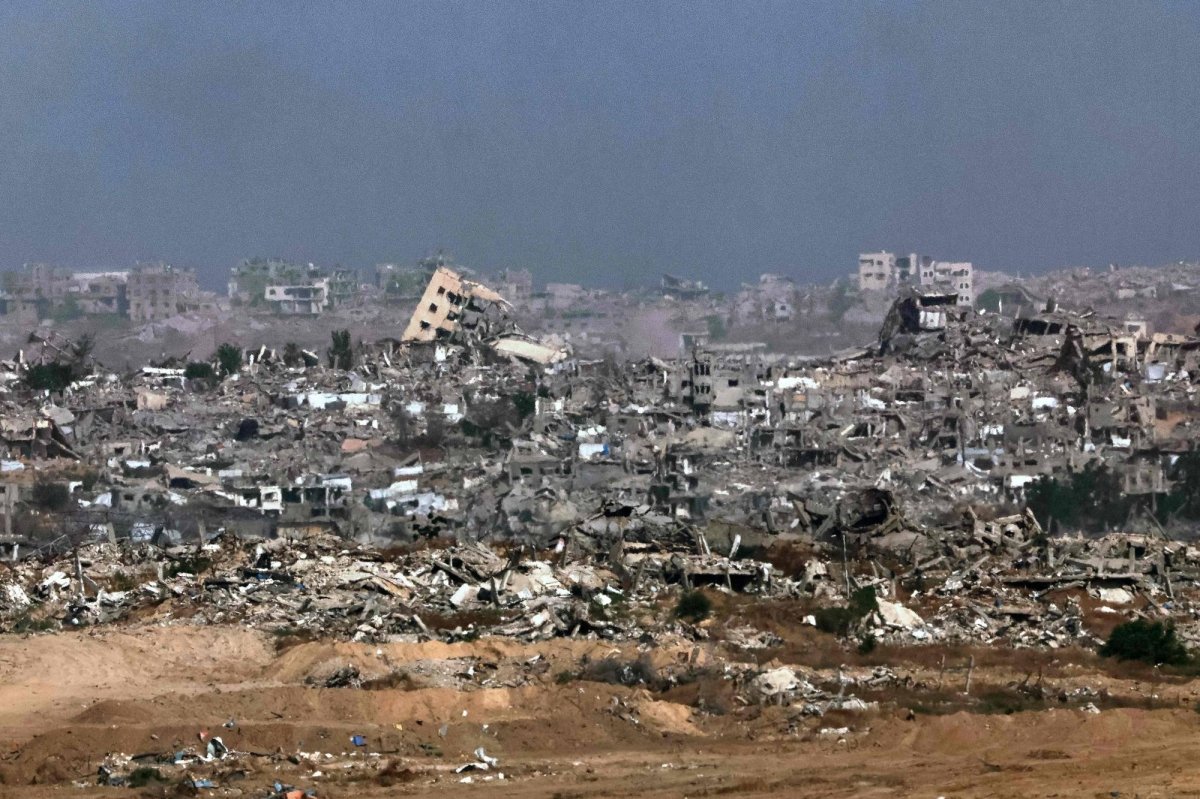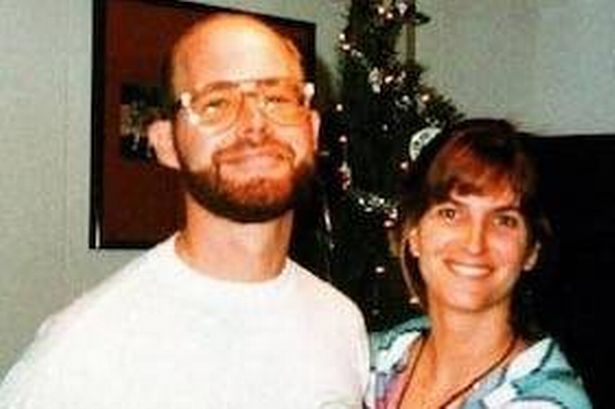Decoding the Papal Conclave: An Inside Look at the Vatican’s Mysterious Process and What the Future Holds

Inside the Papal Conclave: What It Is and What Comes Next
In the heart of Vatican City, beneath the frescoed ceiling of the Sistine Chapel, a solemn and historic event is about to take place. On Wednesday, cardinals from around the world will convene to elect the 267th pontiff of the Roman Catholic Church. This secretive process, known as the papal conclave, has been steeped in tradition for centuries and represents one of the most significant events in the Catholic world.
The term ‘conclave’ originates from the Latin ‘cum clave’, meaning ‘with a key’. This reflects the seclusion of the cardinals during the voting process, a practice established in 1274 AD by Pope Gregory X to prevent political interference. In the modern conclave, the 120 cardinal electors (those under the age of 80) are sequestered in the Vatican’s Apostolic Palace, with no contact to the outside world until a new pope is chosen.
The conclave commences with a special mass, the ‘Pro Eligendo Romano Pontifice’ or ‘For the Election of the Roman Pontiff,’ in St. Peter’s Basilica. Following this, the cardinals process to the Sistine Chapel, where all voting takes place. A solemn oath is sworn to maintain secrecy and uphold the rules of the conclave. The doors are then closed, signifying the official start of the conclave.
The voting process is complex and highly ritualised. Each cardinal writes his choice for pope on a piece of paper, folds it, and places it in a silver and gold urn. The ballots are then counted and read aloud. A two-thirds majority is required to elect a new pope, but if after three days no candidate has received the necessary votes, a day of prayer and discussion is observed before voting resumes. This process continues until a new pope is elected.
The world waits in anticipation during this period, with all eyes on the small chimney atop the Sistine Chapel. The ballots are burned after each vote, with the colour of the smoke signalling the result. Black smoke indicates that no decision has been made, while white smoke, along with the ringing of the St. Peter’s Basilica bells, announces the election of the new pope.
Once a pope has been elected, he is asked if he accepts the nomination and what name he wishes to take. This is followed by a prayer of thanksgiving and the ‘Habemus Papam’ (‘We have a Pope’) declaration from the central balcony of St. Peter’s Basilica.
The new pope’s first act is the Urbi et Orbi (To the City and to the World) blessing, which is followed by his inaugural mass. All these events are closely observed by Catholic faithful worldwide, marking a new era in the Church’s 2000-year history.
The papal conclave is a testament to the enduring traditions of the Catholic Church, a blend of ancient rituals and modern adaptations. The coming days will undoubtedly be filled with anticipation and prayer as the cardinals convene to elect the 267th pontiff, a decision that will shape the direction of the Catholic Church in the years to come.
As it stands, the identity of the next pope is known only to God. However, come Wednesday, that divine secret will be revealed to the world, marking the beginning of a new chapter in the annals of the Catholic Church. The world’s 1.3 billion Catholics, and indeed, the broader global community, will be watching with bated breath, waiting for the white smoke to rise above the Sistine Chapel.








